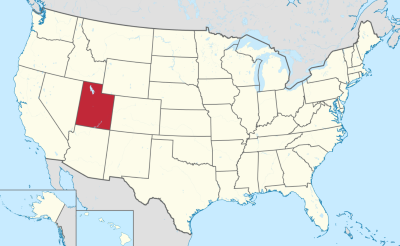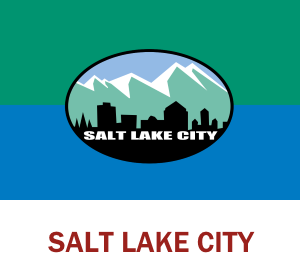Here you’ll find the largest list with Utah hosting reviews. We’ve listed all Utah web hosting providers with our UNCENSORED review and that of users.

Quick Facts
Internet Speed: 59.4 Mbps; 9.7 Mbps
Population: 3 million
Internet Coverage: over 90% of residents
Main Internet Services: Cable, DSL, Fiber
Main Internet Service Providers: Comcast, CenturyLink, Frontier
Colocation Datacenters: 23
Internet in Utah
According to Akamai.com, the average downlink Internet speed in Utah is 59.4 Mbps and the average uplink speed is 9.7 Mbps.
In 2016, the population of Utah was approximately 3 million. More than 90% of residents have access to the Internet, especially broadband connections.
Main Internet services provided in Utah are as follows:
– Cable – over 95% coverage
– DSL – over 90% coverage
– Fiber – less than 50% coverage
Main Internet Service Providers established in Utah are the following:
– Comcast (Cable) – over 90% availability
– CenturyLink (DSL) – over 85% availability
– Frontier (Fiber) – less than 50% availability
Gigabit Internet in Utah
In November 2016, Comcast, one of the largest ISPs in the regional market, announced that they would start rolling out gigabit Internet services to Utah residents starting early 2017. This plan was materialized in April 2017, when the company tested this service in select areas, including but not limited to Salt Lake City, Provo, and North Ogden. As of now, this service covers over 90% of Utah residents. Pricing starts at $110 per month.
Colocation Datacenters in Utah
According to datacentermap.com, there are currently 23 colocation datacenters established in Utah. Most datacenters are concentrated in Salt Lake City (16), while the rest are located in cities such as Orem (5), Saint George (1), and Ogden (1).
Prominent colocation providers located in Utah are the following:
– ViaWest, Inc.
– C7 Datacenters, Inc.
– Consonus SDC
– Syptec
– Voonami, Inc.
Largest Colocation Providers
One of the biggest colocation providers located in Utah is ViaWest. They own a total of 7 datacenters, of which 6 are located in Salt Lake City, whereas one is located in Orem.
Largest Facilities Operated by ViaWest
Their biggest Salt Lake City-based facility is the Delong datacenter. This datacenter features 35,000 square feet of raised floor space, redundant UPS power equipment, as well as 1,190 tons of redundant cooling capacity. This facility specializes in providing wholesale and retail colocation services, with a strong emphasis on the latter. Additionally, the datacenter provides carrier neutrality, with access to over 29 local and regional telecom companies and other colocation providers.
The second biggest facility operated by this company is the Campus View Datacenter, which features approximately 20,000 square feet of raised floor space, redundant UPS power equipment, as well as a state-of-the-art cooling system. In addition to these amenities, top network providers have diverse underground entry points into the datacenter, ensuring carrier neutrality.
Colocation Industry in Utah
Utah is currently regarded as a secondary colocation market, but recent trends indicate that this is bound to change pretty soon, as top tech companies continue to invest in the local infrastructure. There are a few advantages for co-locating in Utah relative to other states.
Advantages – Natural Disasters
According to epa.gov, Utah is relatively disaster free. The only risk associated with this particular state are the frequent earthquakes. However, the magnitude of any local earthquake usually does not exceed 3. There are no tornadoes, hurricanes, fires and/or seasonal flooding that seem prevalent in the Mid-West, East Coast and West Coast of the United States.
Advantages – Cheap Power Rates
Another colocation-related advantage is the state’s cheap power rates. According to Tier 1 Research, Utah has some of the most affordable power rates in the U.S., making this state a very attractive alternative in comparison with substantially more expensive markets, such as Colorado, Nevada, or New Mexico.
Disadvantages – Rather Underdeveloped Technical Infrastructure
In spite of the arrival of numerous million-dollar colocation providers in the region, the local technical infrastructure still has a long way to go before the state can make the transition from a secondary market to a primary market. Most demand for colocation services is currently driven by customers looking for cheaper disaster recovery and business continuity solutions.


